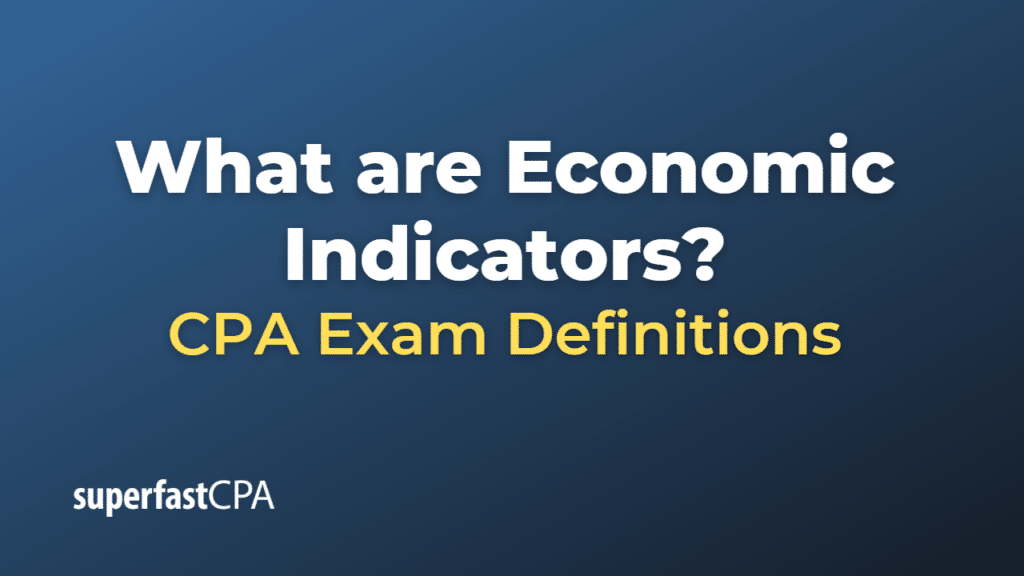Economic Indicators
Economic indicators are statistical data that provide insights into the overall health and direction of an economy. They allow analysts to understand current economic conditions and potentially forecast future economic trends. There are hundreds of economic indicators, and they can vary by country and by the specific aspect of the economy that they measure.
Economic indicators can be classified into three categories:
- Leading indicators: These are used to forecast future economic activity. They change before the economy changes. Examples include stock market performance, building permits issued for new housing, and the Manufacturing Purchasing Managers’ Index (PMI).
- Lagging indicators: These indicators change after the economy has already begun to follow a particular trend and are therefore useful for confirming the pattern. Examples include unemployment rates, corporate profits, and labor cost per unit of output in manufacturing.
- Coincident indicators: These indicators change at the same time as the economy or the market, and they are useful for providing information about the current state of the economy. Examples include GDP, employment levels, and personal income.
It’s important to understand that no single indicator can provide a complete picture of an economy’s health. Instead, analysts typically look at groups of indicators to form a more comprehensive understanding of economic conditions.
Example of Economic Indicators
Let’s consider some specific examples of economic indicators and how they might be used to gauge the health of an economy.
- Gross Domestic Product (GDP): This is a coincident indicator. It measures the total market value of all final goods and services produced in a country in a given period. If the GDP is increasing, the economy is in good shape, and if it’s decreasing, the economy could be in trouble.
- Unemployment Rate: This is a lagging indicator. It measures the percentage of the total workforce that is unemployed and actively seeking employment. High unemployment rates can suggest an economy is underperforming or has a declining business sector.
- Consumer Price Index (CPI): This is another coincident indicator. It measures the average change in prices over time that consumers pay for a basket of goods and services, commonly known as inflation. A rapidly increasing CPI may suggest a growing economy, but it also can be a warning sign of inflation.
- Building Permits: This is a leading indicator. An increase in building permit applications indicates that businesses and individuals are confident about the future and are willing to invest in new construction. This is a positive sign for the construction industry and can suggest future economic growth.
- Stock Market Performance: Although not a perfect indicator, it’s often considered a leading indicator. A rising stock market may suggest that investors are confident in the future of the economy and the profitability of its companies.
These are just a few examples of economic indicators. There are many others that analysts consider when evaluating the health of an economy, and they typically look at a range of indicators to form a comprehensive view.













